-
 bitcoin
bitcoin $122025.899241 USD
-2.12% -
 ethereum
ethereum $4488.068729 USD
-4.11% -
 bnb
bnb $1315.348019 USD
8.65% -
 tether
tether $1.000457 USD
0.03% -
 xrp
xrp $2.875326 USD
-3.69% -
 solana
solana $222.043604 USD
-4.07% -
 usd-coin
usd-coin $0.999682 USD
0.00% -
 dogecoin
dogecoin $0.249887 USD
-5.62% -
 tron
tron $0.337379 USD
-2.59% -
 cardano
cardano $0.827763 USD
-5.06% -
 hyperliquid
hyperliquid $45.774531 USD
-2.43% -
 chainlink
chainlink $22.079309 USD
-5.87% -
 ethena-usde
ethena-usde $1.000156 USD
0.02% -
 sui
sui $3.482566 USD
-3.57% -
 stellar
stellar $0.386982 USD
-4.92%
How do you display your NFT art?
Digital frames and virtual galleries let NFT collectors showcase blockchain art with style, authenticity, and interactivity across physical and digital realms.
Sep 19, 2025 at 05:36 am
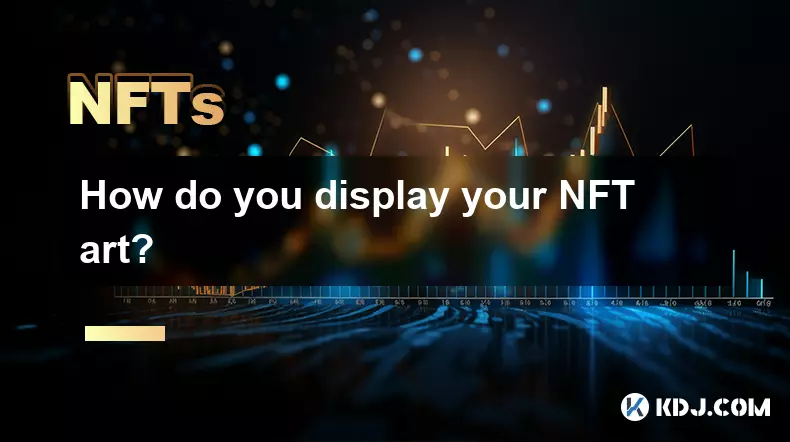
Displaying NFT Art on Digital Frames
1. Digital frames designed specifically for NFTs, such as those from brands like Meural or Canvia, allow collectors to showcase their blockchain-based artwork in a sleek and modern way. These frames connect to Wi-Fi and sync directly with digital wallets or NFT marketplaces.
2. Users can authenticate ownership through wallet integration, ensuring only verified owners display the art. This feature prevents unauthorized replication while maintaining the prestige of owning rare digital pieces.
3. The screens use high-resolution displays with color calibration to accurately represent the artist’s intent. Some models even adjust brightness based on ambient light, enhancing visibility throughout the day.
4. Collectors often rotate multiple NFTs within a single frame, creating dynamic galleries that evolve over time. This flexibility makes it easy to highlight different pieces depending on mood, season, or occasion.
5. These devices bridge the gap between physical decor and digital ownership, transforming living spaces into personalized crypto-powered exhibitions.
Integrating NFTs into Virtual Environments
1. Metaverse platforms like Decentraland and Cryptovoxels enable users to decorate virtual homes, galleries, and commercial spaces with their NFT art collections. Ownership is verified via blockchain, allowing seamless import of assets.
2. Artists and collectors build immersive experiences around their works—some installations include animated elements, soundscapes, or interactive features accessible only to token holders.
3. Virtual exhibitions attract global audiences without geographical limitations. Visitors navigate using avatars, engaging with art in ways traditional galleries cannot offer.
4. Displaying NFTs in virtual worlds also increases visibility and potential value. High-traffic areas command premium placement, turning digital curation into a strategic endeavor.
5. The fusion of augmented reality (AR) and NFTs allows users to project artwork onto real-world environments through smartphones or AR glasses, merging physical and digital realms.
Using Web-Based Galleries and Portfolio Platforms
1. Online platforms such as KnownOrigin, MakersPlace, and Showtime let collectors create public profiles where they exhibit their acquired NFTs. These sites function as digital portfolios accessible worldwide.
2. Each displayed piece links back to its smart contract, providing transparency about provenance, edition number, and transaction history. This reinforces authenticity and trust among viewers.
3. Social sharing tools integrated into these platforms allow instant posting across Twitter, Discord, and Instagram, amplifying exposure and community engagement.
4. Customizable layouts and themes give users control over how their collection is perceived—minimalist grids, chronological timelines, or thematic groupings are common options.
5. For artists, seeing their work featured in prominent collections boosts credibility and drives demand for future drops.
Projecting NFT Art in Physical Spaces
1. Large-scale projections in urban settings have become a popular method for showcasing NFT art during events, festivals, or gallery nights. Buildings, walls, and monuments serve as canvases for digital masterpieces.
2. Organizers often collaborate with NFT creators and DAOs to curate themed shows, sometimes incorporating live minting or auction mechanics during the event.
3. Projection mapping technology enhances visual impact by adapting images to architectural contours, creating mesmerizing illusions that captivate passersby.
4. These displays generate media attention and foster mainstream awareness of blockchain art, bridging gaps between crypto-native communities and general audiences.
5. By bringing intangible assets into shared physical experiences, projection events validate NFTs as legitimate cultural artifacts.
Frequently Asked Questions
Can I display someone else’s NFT on my digital frame?Only if you hold the corresponding token in your connected wallet. Most reputable devices require proof of ownership before rendering the artwork.
Do virtual galleries support all blockchain networks?Support varies by platform. Ethereum-based NFTs are widely accepted, but some venues also accommodate Solana, Polygon, and Tezos tokens.
Is it possible to sell an NFT while it's being displayed?Yes. Displaying an NFT does not lock the asset. It remains tradable on marketplaces as long as it stays in your wallet.
How do I protect my NFT art from screen burn-in on digital frames?Many frames include built-in safeguards like automatic image shifting, sleep modes, and pixel refresh cycles to prevent damage over time.
Disclaimer:info@kdj.com
The information provided is not trading advice. kdj.com does not assume any responsibility for any investments made based on the information provided in this article. Cryptocurrencies are highly volatile and it is highly recommended that you invest with caution after thorough research!
If you believe that the content used on this website infringes your copyright, please contact us immediately (info@kdj.com) and we will delete it promptly.
- BlockDAG, DOGE, HYPE Sponsorship: Crypto Trends Shaping 2025
- 2025-10-01 00:25:13
- Deutsche Börse and Circle: A StableCoin Adoption Powerhouse in Europe
- 2025-10-01 00:25:13
- BlockDAG's Presale Buzz: Is It the Crypto to Watch in October 2025?
- 2025-10-01 00:30:13
- Bitcoin, Crypto, and IQ: When Genius Meets Digital Gold?
- 2025-10-01 00:30:13
- Stablecoins, American Innovation, and Wallet Tokens: The Next Frontier
- 2025-10-01 00:35:12
- NBU, Coins, and Crypto in Ukraine: A New Yorker's Take
- 2025-10-01 00:45:14
Related knowledge
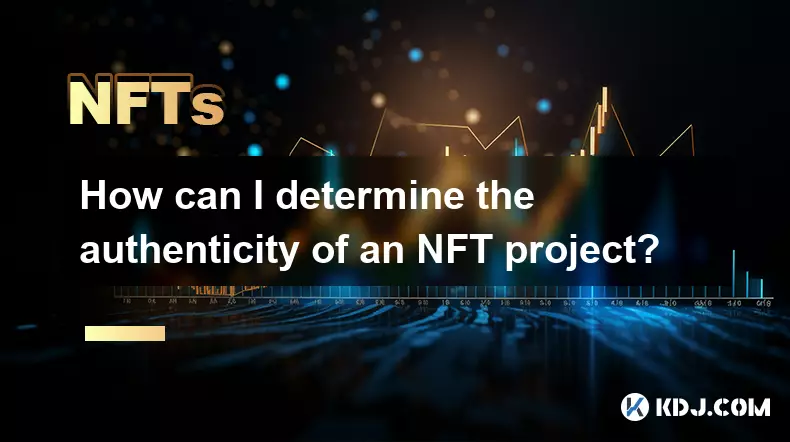
How can I determine the authenticity of an NFT project?
Sep 23,2025 at 05:18pm
Understanding the Project Team and Their Background1. Research the identities of the team members behind the NFT project. Verified social media profil...
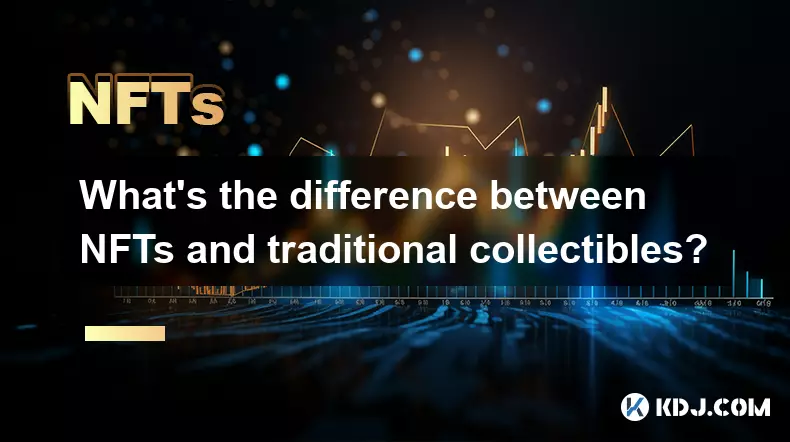
What's the difference between NFTs and traditional collectibles?
Sep 19,2025 at 12:55pm
Digital Ownership and Provenance1. NFTs are built on blockchain technology, which ensures transparent and immutable records of ownership. Every transa...
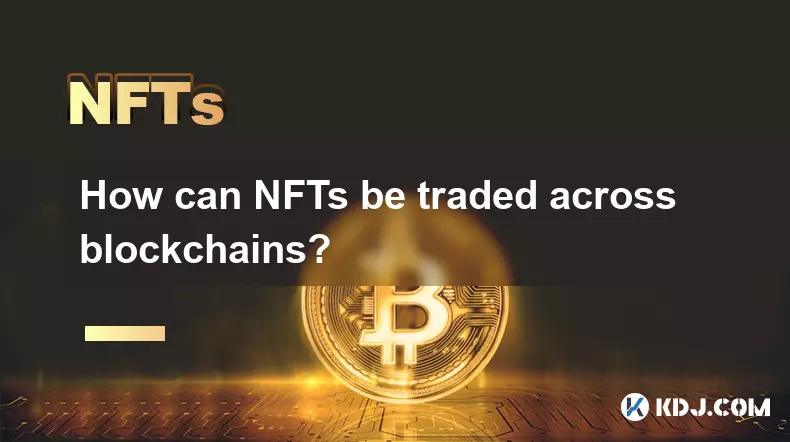
How can NFTs be traded across blockchains?
Sep 19,2025 at 12:00pm
Understanding Cross-Chain NFT Trading1. Non-fungible tokens (NFTs) are digital assets that represent ownership of unique items on a blockchain. Origin...
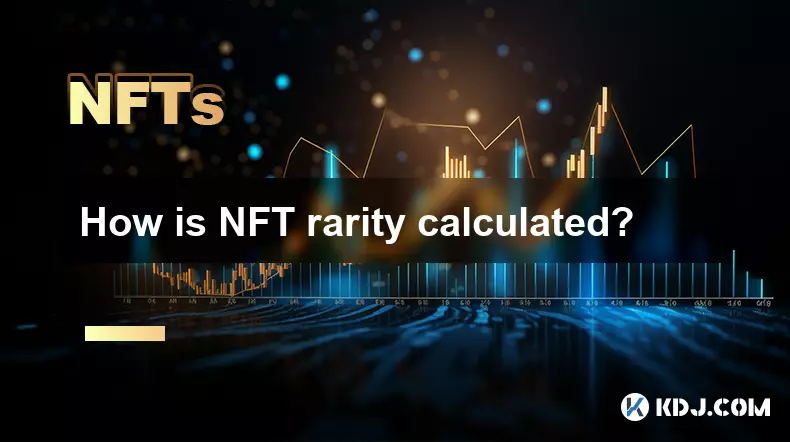
How is NFT rarity calculated?
Sep 18,2025 at 07:54pm
Understanding NFT Rarity Metrics1. NFT rarity is determined by analyzing the uniqueness of individual traits within a collection. Each NFT typically c...
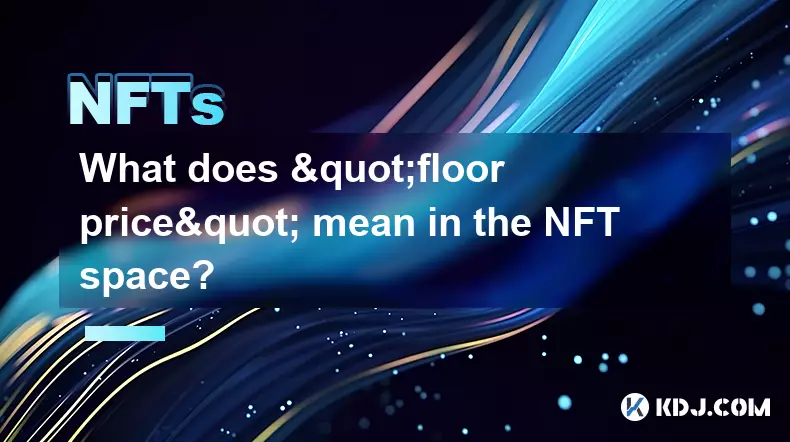
What does "floor price" mean in the NFT space?
Sep 22,2025 at 06:36am
Floor Price: A Core Metric in the NFT Marketplace1. The term floor price refers to the lowest current asking price for any item within a specific NFT ...

How do NFTs help content creators?
Sep 18,2025 at 08:00am
NFTs Empower Creators with Ownership and Monetization1. NFTs provide content creators with verifiable ownership of their digital works, ensuring authe...

How can I determine the authenticity of an NFT project?
Sep 23,2025 at 05:18pm
Understanding the Project Team and Their Background1. Research the identities of the team members behind the NFT project. Verified social media profil...

What's the difference between NFTs and traditional collectibles?
Sep 19,2025 at 12:55pm
Digital Ownership and Provenance1. NFTs are built on blockchain technology, which ensures transparent and immutable records of ownership. Every transa...

How can NFTs be traded across blockchains?
Sep 19,2025 at 12:00pm
Understanding Cross-Chain NFT Trading1. Non-fungible tokens (NFTs) are digital assets that represent ownership of unique items on a blockchain. Origin...

How is NFT rarity calculated?
Sep 18,2025 at 07:54pm
Understanding NFT Rarity Metrics1. NFT rarity is determined by analyzing the uniqueness of individual traits within a collection. Each NFT typically c...

What does "floor price" mean in the NFT space?
Sep 22,2025 at 06:36am
Floor Price: A Core Metric in the NFT Marketplace1. The term floor price refers to the lowest current asking price for any item within a specific NFT ...

How do NFTs help content creators?
Sep 18,2025 at 08:00am
NFTs Empower Creators with Ownership and Monetization1. NFTs provide content creators with verifiable ownership of their digital works, ensuring authe...
See all articles










































































